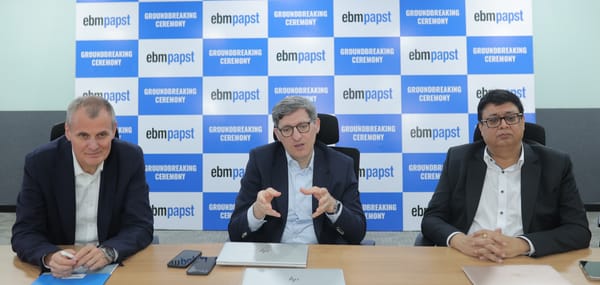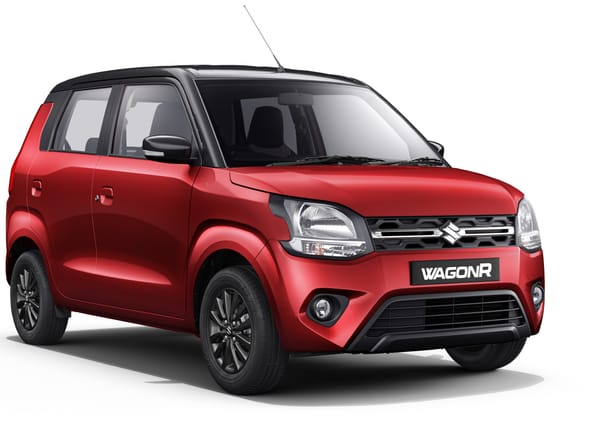Kia EV Day Celebration
Kia has unveiled further details of the interiors of the EV3 and EV4 concept vehicles and the game-changing eco-friendly materials and methodologies used to create them, which will play an essential role in the brand’s transition to a sustainable mobility solutions provider.
When creating the interior of the Kia Concept EV3, Kia’s CMF (Color, Materials, Finish) design team took inspiration from the element of Air with optimum use of light and transparency throughout the cabin. As with the Kia Concept EV4, the Kia CMF team also utilized an array of innovative sustainable materials that reduce the vehicles’ environmental impact, provide greater design freedom, and afford unprecedented levels of color choice and trim finish.
For the Concept EV3, the Kia CMF team deployed natural – as opposed to carbon – fiber structures to deliver a lightweight, slimmer seat design. The exceptionally strong, sustainable fiber weave enables more elegant, modern aesthetics, complemented by soothing natural tones. For the seat covers, the CMF team applied 3D Knit technology. This process not only results in a visually stunning 3D effect with an exceptionally soft surface but also delivers class-leading efficiency with reduced stitching and joins, plus zero waste material.
The material Kia chose for the inside of the Concept EV3’s console table was not manufactured – it was grown, as Marília Biill, Head of CMF Design at Kia, explains. “Mycelium, which comes from mushroom roots, combines excellent strength with an extremely soft surface. Developing grown materials, a process referred to as bio fabrication, is a major goal for Kia.
“Using Mycelium enables us to mimic the processes we see in nature and leverage it to design more sustainable solutions – the material can be grown in any shape you want using a mold. The use of Mycelium is still at a very early stage, and, as part of Kia’s Sustainability Strategy, we are working with partners to accelerate development of the material. One day, by growing our own materials, we’ll be able to simplify processes, adapt forms and most importantly, be closer to nature in its essence.”
For creating the Concept EV4’s cabin, the Kia CMF team took inspiration from the element Earth. By applying natural dyes to 100 per cent recycled cotton, using madder roots and walnut shells, the team can take advantage of a near-endless range of tonalities and hues, courtesy of nature.
Determined to give the Concept EV4 cabin an ambience of sheer uniqueness and exceptional quality, Kia wove fabric stripes by hand and applied them to the car’s storage area and dashboard. This handcrafted approach creates a 3D effect as stunning and as beautiful in execution as the 3D Knit finish used in the Concept EV3 seat covers.
To elevate the aesthetic appeal and functionality of the Concept EV4’s console table, Kia’s CMF designers turned to hemp fibers. “Hemp is a rapidly growing plant that requires minimal resources to cultivate,” explains Marília Biill. “Not only is it highly sustainable, but it’s also highly moldable too, which means it is a very versatile material to work with, plus it enhances the EV concept’s cabin with its beautiful rich color.”
Making the difference today with 10 must-have sustainable items
While many of the materials and methodologies utilized in the EV3 and EV4 concept vehicles showcase solutions Kia is investigating to implement at scale in the future, the brand has a long history of integrating sustainable materials into its products, starting with the use of bioplastic and sugar cane bio fiber in the 2014 Soul EV.
Earlier this year, with the launch of the EV9 flagship electric SUV in March, Kia further escalated its commitment to minimize its impact on the environment when producing vehicles with the introduction of 10 must-have sustainable items for all new Kia model lines.
Kia’s 10 must-have sustainable items include bioplastic. Produced from biomass sources such as vegetable oils, corn extract, sawdust and sugarcane, bioplastic is used in vehicle components such as dashboards, consoles, pillars, and trim. Kia identified Bio Polyurethane (PU) as an optimal leather replacement, as the material incorporates plant-based components and provides exemplary support, cushioning, and durability. Vehicle carpets can be created from 100 per cent recycled PET, and Kia offers the option of a proportion of this material being sourced from recycled fishing nets.




